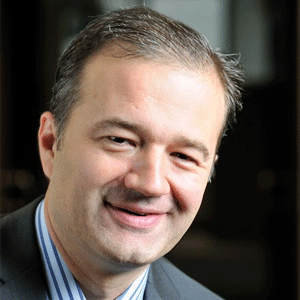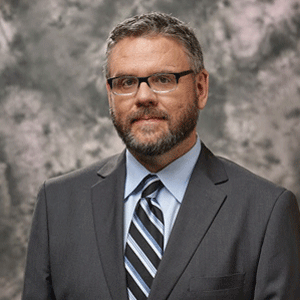THANK YOU FOR SUBSCRIBING

Navigating a path to Organisational Agility
Cameron Gough, General Manager – Digital Delivery Centre, Australia Post


Cameron Gough, General Manager – Digital Delivery Centre, Australia Post
Imagine the impact on your business if demand for your core product—the one you’d spent 200 years perfecting—plummeted by half in just a few short years. That’s what we were facing with our letters business just a few years ago. As the pace of digital transformation accelerated, it meant change was not optional. It was imperative.
We knew we couldn’t simply develop a new set of products and spend another 100 years becoming good at those. The pace of change is simply too great. We had to fundamentally change the way we worked. The organisations that will survive in today’s climate are those that are most adaptable – those most able to continuously experiment, innovate, and iteratively evolve new products and services to meet the demanding expectations of customers in this digital world.
Building a sustainable model of change
Changing the way we work hasn’t been easy. We started with a small group of people working in an agile way but quickly realised we also needed to change everything surrounding them such as governance, funding models, planning, reporting structures. The way teams work is symbiotic with the environment they work within. So making sustainable changes to the way our teams work also required making changes to the broader environment.
Flip the funding model
Over 95 percent of our digital investments are now capacity-funded where a long-running team is funded to pursue a customer opportunity. This contrasts to the traditional world of defined projects with fixed scope, timelines and temporary teams. In this model, we assemble co-located teams drawn from across the organisation, and give them time to deeply understand customer needs, evaluate innovative approaches, and iteratively develop solutions.
The Organisations That Will Survive in Today’s Climate Are Those That Are Most Adaptable
These are now some of the most engaged teams in the organisation – and the source of many successful customer innovations coming out of Australia Post.
Autonomy is key
To truly unlock the value of long running teams, outside dependencies need to be minimised. A key constraint in the early days was our technology infrastructure. We invested heavily in the early days on automation and cloud-based infrastructure and this has paid significant dividends. What used to take up to 50 days to build or change is now taking under 10 minutes and sits within the team’s control. Teams can now confidently experiment in near real time to test and iterate new ideas. This fundamentally changes the way they work and the nature of what they work on.
Autonomy also involves dedicating staff full-time and bringing functions into the team rather than engaging functional groups, where there would be competing priorities and significant planning and coordination effort.
These examples show how we had to change what surrounded the way we work before we could even begin to scale our approach. We’ve now grown the model with over 450 people across the organisation working in iterative, capacity-funded ways.
Most of our growing pains were not about learning how to work within the team. It was learning how to integrate into the rest of the organisation. Here are a few things we learned along the way:
Start small. A big organisation like Australia Post isn’t going to change the way it works overnight. We had to start small with one team, improve and learn, and build confidence and trust. Every time we hit another hurdle we’d solve it. Then we’d embark on the next wave of growth.
Learn from others. When we began, we visited many organisations to see what they did and what worked for them. And through our co-development with other organisations we continue to experience different ways of working. We’re also very open about sharing our experience – over 30 organisations have come in to see what we’ve done.
Accept that change takes time. When we visited organisations in the early days they told us it would take four to five years before we saw results. We optimistically thought we could do it in two. Of course, it took longer than that. You need to transform systems, processes, and culture to sustain and support any significant change. We were lucky to have strong executive commitment through some rocky early days.
Create an environment where agile can thrive. Businesses don’t just ‘do’ agile; they need to create a culture and physical space where agile can thrive and be sustained. While we’ve had many successes working in this way, we’ve still got more work to do. I hope others can learn from our experiences to date – leverage what works, and avoid making some of our mistakes. If that makes your agile journey a little faster or smoother, then that’s a great outcome.
Weekly Brief
I agree We use cookies on this website to enhance your user experience. By clicking any link on this page you are giving your consent for us to set cookies. More info
Read Also












